Samarth eGov Suite
Overview
Samarth is an open-source, standards-compliant process automation engine tailored for universities and higher education institutions. Designed to be robust, secure, scalable, and evolutionary, Samarth enables educational institutions to digitize and streamline their administrative and academic workflows with efficiency and transparency.
Role & Contribution
As a core contributor to the design and front-end development of Samarth, I focused on delivering a high-performance, user-centric experience. My contributions included:
- Designing scalable dashboards that handle large volumes of institutional data while maintaining performance and usability.
- Crafting a responsive SaaS interface adaptable to a wide range of devices, ensuring accessibility and usability for diverse user roles, including administrators, faculty, and students.
- Leading the design of intuitive navigation systems and modular UI components, optimized for clarity, discoverability, and efficiency across complex workflows.
- Enhancing the overall user experience through iterative prototyping, accessibility compliance, and design consistency aligned with the open standards and mission of the project.
Impact
These design-led enhancements significantly improved user adoption, reduced onboarding time, and established a unified design framework across multiple modules, reinforcing Samarth's mission of transforming higher education through open, scalable digital infrastructure.
Demo Portal
https://demo.samarth.ac.in
Reviews
1 review
✅ What’s Good:
Scalable Dashboard Design:
Layouts handle dense institutional data well without overwhelming the user. The grid layout and card design create clarity across modules.
Modular & Consistent UI Components:
Use of consistent card styles, section headers, and navigation across modules promotes familiarity and reduces cognitive load.
Role-Aware Navigation:
The sidebar menu supports a wide range of administrative and academic functions, catering to different user roles logically.
Accessible Font Controls:
Providing font resizing (A- / A / A+) on the academic view supports accessibility—great inclusion for older users or those with vision difficulties.
Color-Coded Status Indicators:
Use of color (e.g., green for "submitted", red for "not submitted") improves quick scanning and decision-making.
Responsive Design Orientation:
The clean layout, button sizing, and spacing indicate the design is well-prepared for mobile or tablet responsiveness.
🛠 What Can Be Improved:
Visual Hierarchy in Sidebar:
The sidebar could benefit from clearer grouping using headings or collapsible sections to reduce visual fatigue in modules with many options.
Primary Action Highlighting:
Buttons like "View" in cards are small and low-contrast. Primary actions could be more prominent to drive interaction.
Too Many Similar Labels:
Repetition of terms like “Dashboard” and “Settings” across cards/modules can confuse users. Consider clearer context-specific labels (e.g., “Leave Dashboard” → “Leave Summary”).
Whitespace Optimization:
Some elements (like the “Visit Leave” or “Paid” sections) feel sparsely used or unbalanced—there’s an opportunity to tighten space or realign content blocks.
Missing Tooltips or Descriptions:
For modules like “Commuted Leave” or “Station Leaves,” new users might not understand what they do. Consider adding brief tooltips or help icons.
Notification or Alert Feedback:
It’s unclear how system alerts (e.g., submission errors, success messages) are handled. This is critical for trust and task completion.
Redundant UI Elements:
"View" buttons inside each card could be replaced with entire card clickability or more actionable phrasing (e.g., “Open,” “See Details”).
You might also like
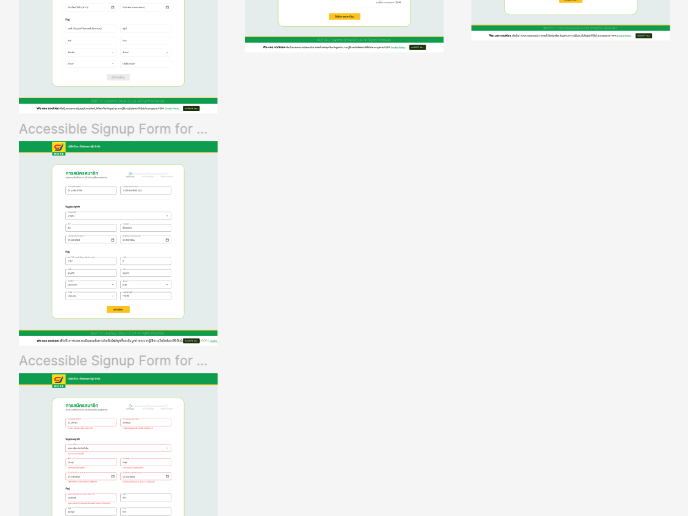
Accessible Signup Form for SaaS Platform
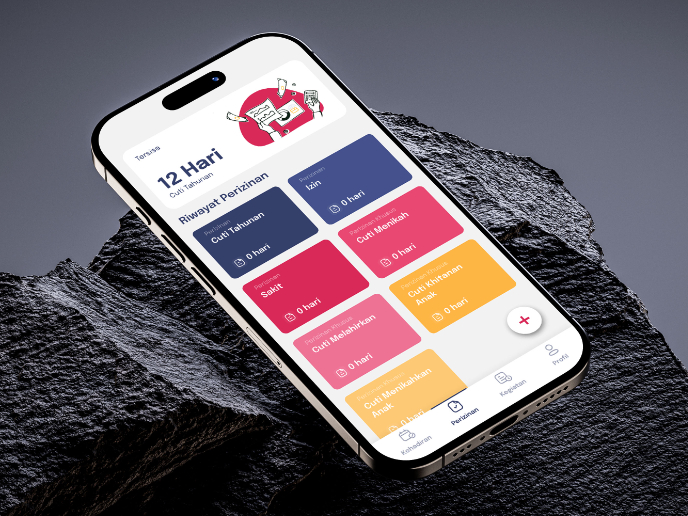
SIPALA - Attendance, Leave, and Activity Management System
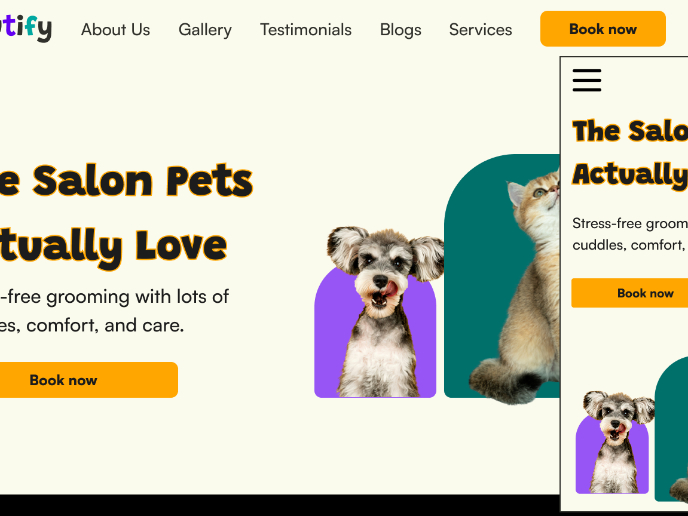
Pawtify - Responsive Landing Page Brief
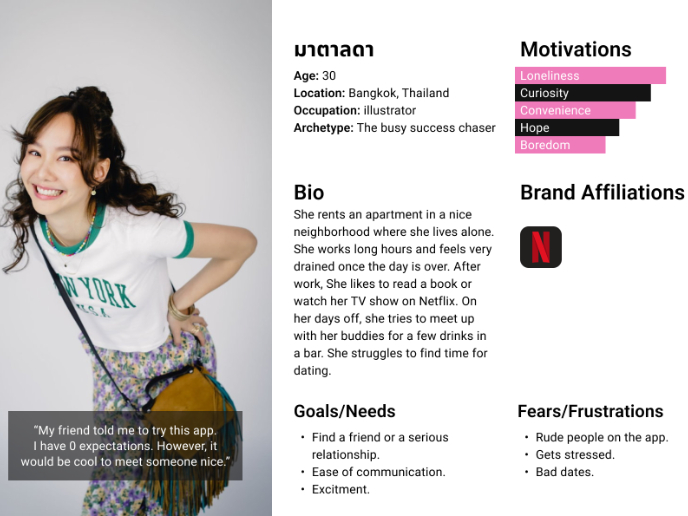
Develop a User Persona
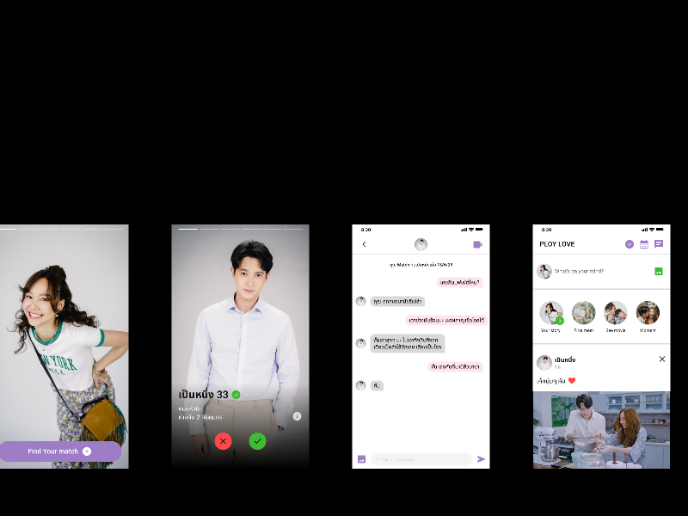
Plan A/B Test for the Onboarding Flow
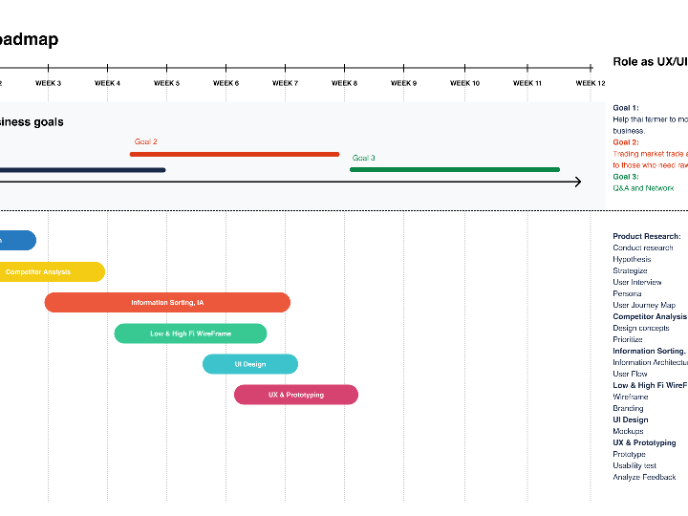
Build a Product Roadmap
Visual Design Courses

UX Design Foundations

Introduction to Figma









